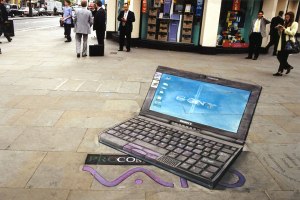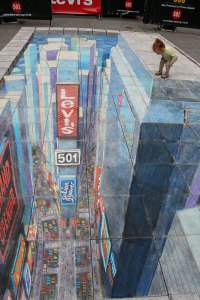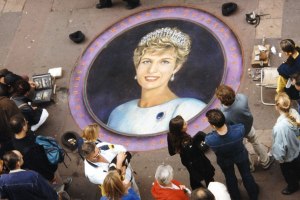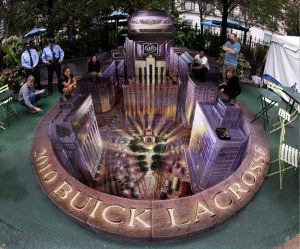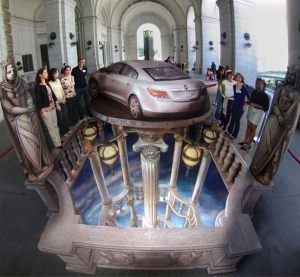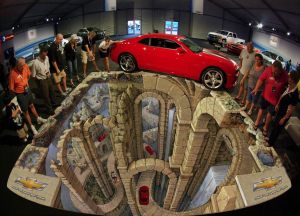Born in Jalisco, Mexico on November 23, 1883, Jose Clemente Orozco completed many paintings which expressed his point of view throughout his life. His paintings were very clear and detailed to many viewers of his work. Below is a self portrait of himself which was completed in 1946 during the Mexican Realism. He was a Mexican social realist painter.
 [1]
[1]
Jose Clemente Orozco detailed his work because he wanted to show the truth by his paintings. He was politically active and he promoted many works that of peasants and workers. [2]
 [3]
[3]
This painting is known as the Catharsis. It was completed in Mexico City, Mexico in 1934. As you can see by the painting, it resembles so much hurt, poverty, violence, and despair which the people were going through during the Mexican Realism period. Orozco put so much detail into his work, so that the viewer would be able to see all the emotions being expressed. This painting shows so much truth behind it when it is viewed closely. I like how Orozco showed the truth throughout his paintings and work.
There is a DVD based on Orozco’s life events. It is called Orozco: Man on Fire. [4] It is a documentary which emphasizes Orozco’s paintings and details which changed the way art and politics were seen during his lifetime. Orozco influenced many other artists by his work. Orozco also influenced President Roosevelt with the Mexican mural movement along with his colleagues Rivera and Siqueiros.
I chose to post about Jose Clemente Orozco because he was a strong individual who put so much truth into his paintings and mural artwork. Coming from a life of poverty was not easy for him. He worked hard to show what he wanted through his paintings. Not many artists create their work from life experiences and hardships like Orozco did.
Jose Clemente Orozco ~ November 23, 1883 – September 7, 1949
[1] http://www.wfu.edu/history/StudentWork/fysprojects/kmason/Orozco.htm
[2] http://en.wikipedia.org/wiki/Jos%C3%A9_Clemente_Orozco
[3] http://www.wfu.edu/history/StudentWork/fysprojects/kmason/CATH.htm
[4] http://www.paradigmproductions.org/films/orozco/?c=synopsis

 [3]
[3]